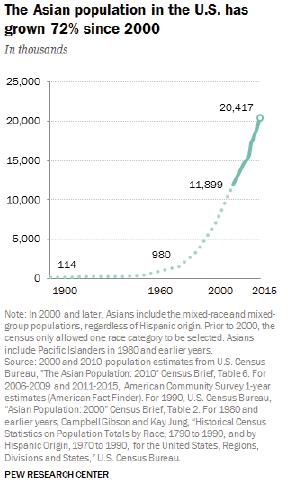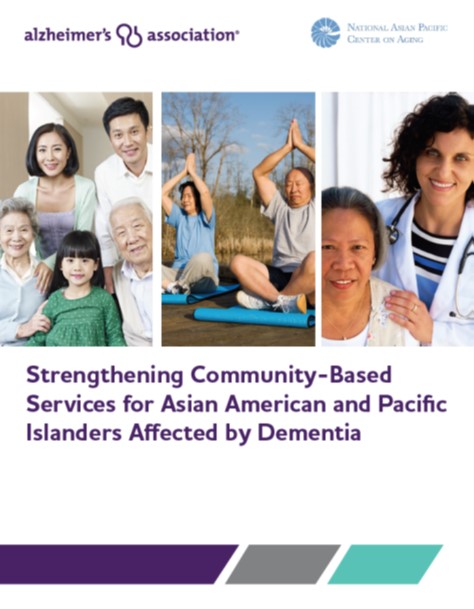Asian American and Pacific Islanders (AAPIs) are the fastest growing minority group in America, and between 2010 and 2030, the AAPI older adult population is projected to increase by 145 percent, according to the US Census. This growth will also impact the number of AAPI older adults with Alzheimer’s: For example, during this time frame, California, which is home to the nation’s largest population of AAPI older adults, expects Alzheimer’s disease to nearly triple among AAPIs. Many AAPIs do not report symptoms of dementia to a medical professional and consequently, AAPIs are unlikely to receive a diagnosis of Alzheimer’s disease in the early stage. AAPI families may underestimate the physical and emotional toll daily caregiving for a loved one with dementia can take on them. Developed through a national partnership between the National Asian Pacific Center on Aging (NAPCA) and the Alzheimer’s Association, Strengthening Community-Based Services for Asian American and Pacific Islanders Affected by Dementia was developed to educate and empower community service providers across the nation.
Five Key Features for Community Service Providers:
- Common challenges faced by AAPIs with Alzheimer’s and their caregivers. Each challenge in the Guide is accompanied by a suggested best practice(s) to utilize when encountering someone with Alzheimer’s, or their caregiver, who is AAPI.
- Cultural strengths leveraged by AAPI families who are caring for someone with Alzheimer’s. Don’t miss reading about the inspirational caregiver, Richard Lui, who is a Chinese-American news anchor for NBC and MSNBC. He changed his work schedule to become a part-time anchor and flies from New York City to San Francisco each week for his caregiving shift with his Dad.
 Data on the growth of the AAPI population, and the prevalence of caregiving and multigenerational households. According to Pew Research Center, the modern immigration wave from Asia has accounted for one-quarter of all immigrants who have arrived in the U.S. since 1965, and fast population growth suggests they will eventually be the nation’s largest immigrant group. This has drastic implications for community service providers who will have to be prepared, and equipped, to provide Alzheimer’s long-term services and supports (LTSS) to AAPIs and their caregivers.
Data on the growth of the AAPI population, and the prevalence of caregiving and multigenerational households. According to Pew Research Center, the modern immigration wave from Asia has accounted for one-quarter of all immigrants who have arrived in the U.S. since 1965, and fast population growth suggests they will eventually be the nation’s largest immigrant group. This has drastic implications for community service providers who will have to be prepared, and equipped, to provide Alzheimer’s long-term services and supports (LTSS) to AAPIs and their caregivers.- Five steps to increase AAPIs’ use of LTSS. These critical steps will help strengthen community service providers work with AAPI individuals and families affected by Alzheimer’s.
- Additional resources. NAPCA’s National Resource Center on AAPI Aging and the Alzheimer’s Association have abundant resources for community service providers to utilize when planning and delivering services to AAPIs with Alzheimer’s and their families. In addition, community service providers will not want to miss the Guide’s Appendix. Appendix A provides a robust literature review of additional training and educational materials, and Appendix B provides a chart of in-language consumer resources that are organized by language. Finally, Appendix C highlights model programs that serve as best practices for delivering Alzheimer’s LTSS to AAPIs and their caregivers.
Access the Guide, Strengthening Community-Based Services for Asian American and Pacific Islanders Affected by Dementia, by visiting NAPCA’s National Resource Center on AAPI Aging.
The opinions expressed in this article are those of the author and do not necessarily reflect those of the Diverse Elders Coalition.


